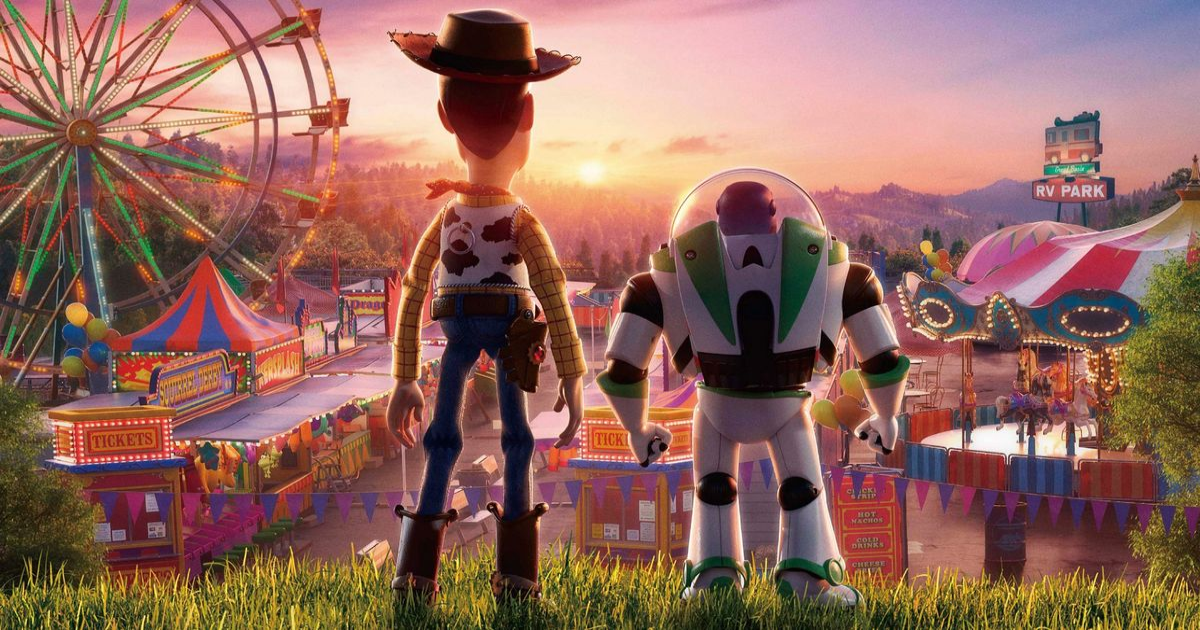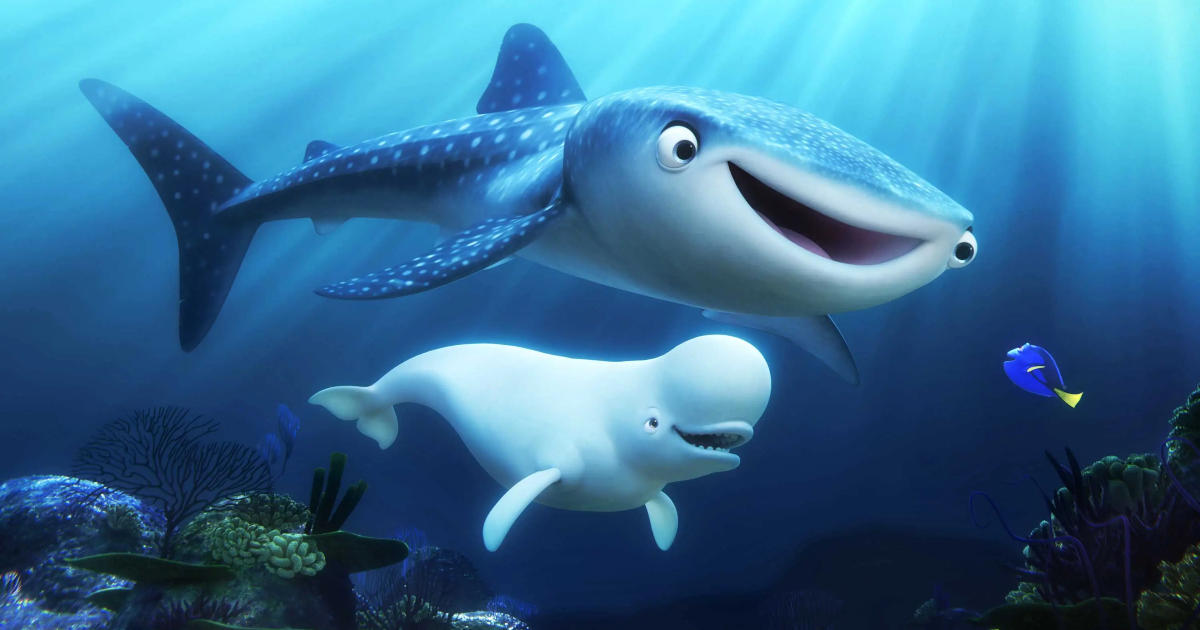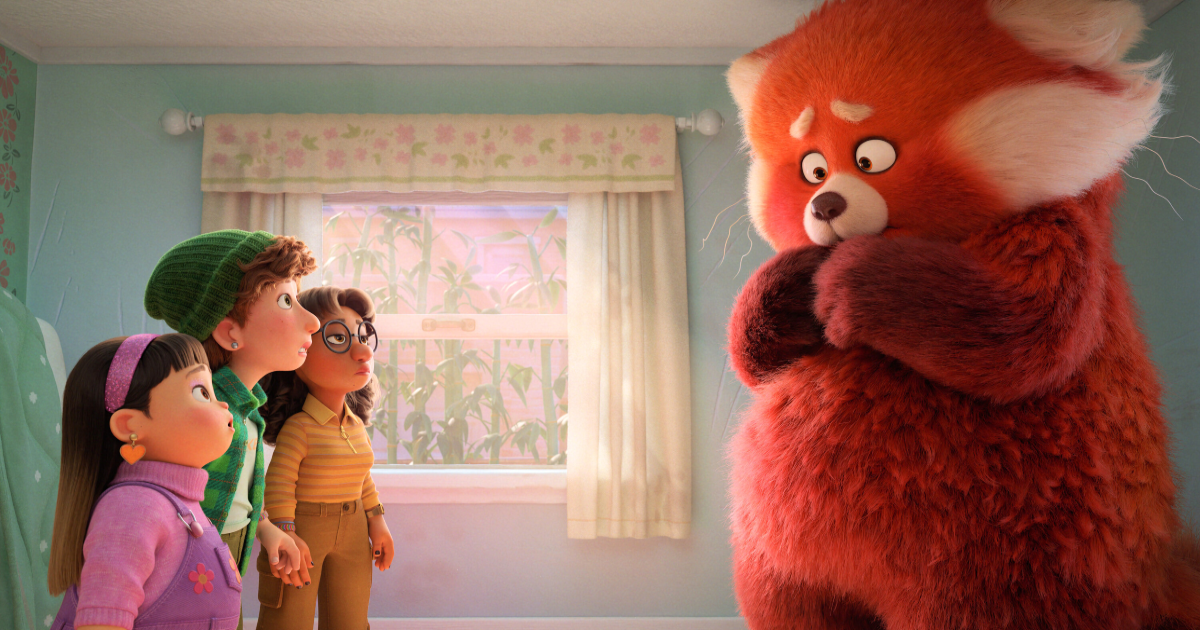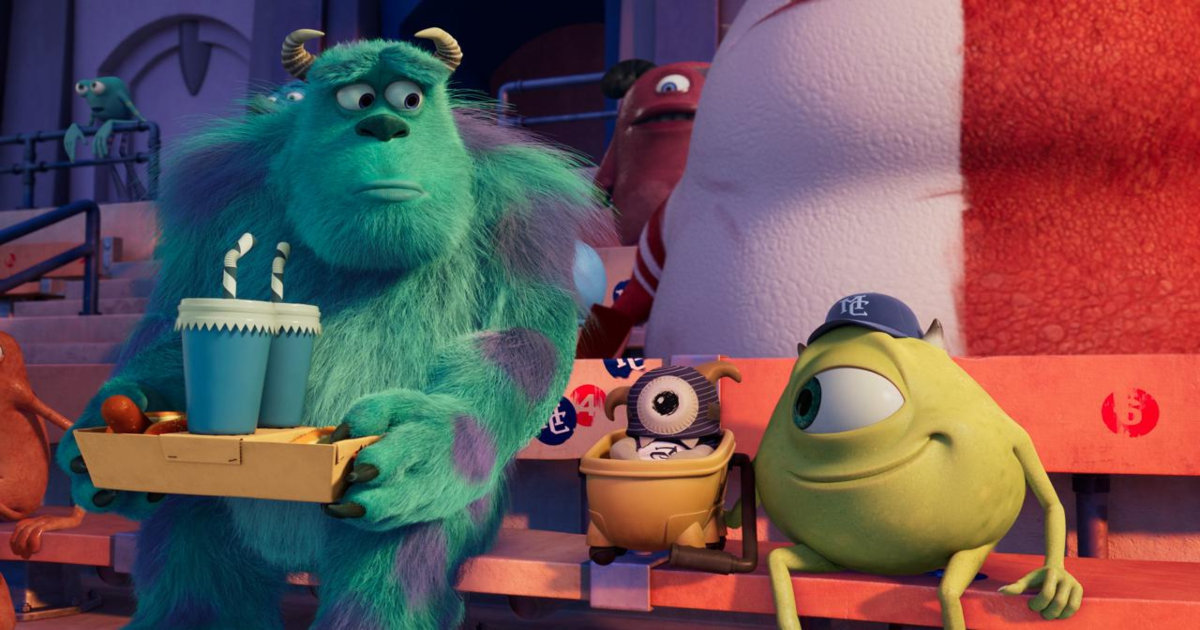Pixar Animation is without a doubt one of the most beloved animation studios in the world. The studio has consistently produced some of the best and most innovative animated films of the last 30 years. With films like Toy Story, The Incredibles, Inside Out and so many more under its belt, there’s no question as to why Pixar has become so successful. They are the studio behind some of the most original (and commercially successful) children’s films in the history of Hollywood.
Pixar’s filmography doesn’t entirely consist of original films, though. They’ve also produced a fair amount of sequels and spin-off movies to follow up on their most successful features. The Toy Story franchise is the most apparent example of this, with four feature films, the recently released Lightyear spin-off and numerous animated shorts all existing under that umbrella. Pixar has found immense success in making sequels to their films, but the studio seems to be avoiding any more direct sequels at the moment. Here’s why the days of Pixar making sequels may be over.
History with Sequels
Although Pixar has produced many sequels over the years, when you actually look at the frequency in which they have made their sequels, an interesting trend seems to appear. From 1995 to 2009, Pixar’s first nearly 15 years of releasing feature films, they released 10 films and only one of them was a sequel. Toy Story 2 marks the single occasion in this era that Pixar made a follow-up film to one of their stories. The rest of the movies they put out during this time were all new and original stories, and they have become some of the studio’s most recognizable. Movies such as Monsters Inc., The Incredibles, Finding Nemo, WALL-E, and Up all contributed to Pixar really developing its brand in the 2000s. In this early era of Pixar, it’s apparent that the studio was reluctant to make sequels. Ed Catmull, one of the studio’s co-founders and driving creative forces, has even spoken out against sequels, calling them “a form of creative bankruptcy” in his book Creativity, Inc.
The studio’s perspective on sequels was notably different in the following decade. From 2010 to 2019, Pixar released 11 more films, with seven of them being either a sequel or prequel. In the 2010s, the only four original films Pixar released were Brave, Inside Out, The Good Dinosaur and Coco. The studio's presence in the decade was primarily built through more Toy Story and Cars films, Monsters University, The Incredibles 2 and Finding Dory. There’s no arguing that this approach was successful for the company, as these sequels were almost all major box office successes. Fans had been calling for follow-ups to The Incredibles and Monsters Inc. for years, and audiences were mostly pleased with the new entries in those series.
However, Pixar’s shift away from original films in favor of sequels in the 2010s led to its brand losing a bit of the luster and shine it once had. In the ‘90s and ‘00s, almost every new Pixar film was a brand-new adventure to go on. While films like Inside Out and Coco are some of Pixar’s all-time bests, those kinds of original stories were few and far between for the studio in the 2010s.
The Current Era of Pixar
The 2020s, so far, have signaled another creative shift at Pixar, as the studio has begun getting back to its roots. In the last three years, the studio has released five movies, with only one of them, Lightyear, being related to an existing property. This change wasn’t out of nowhere, as the studio had previously stated that they were hoping to move away from sequels again moving forward. One possible behind-the-scenes reason for this change is the replacement of John Lasseter as Pixar's chief creative officer in 2016. Pete Doctor, the director of Monsters Inc, Up, Inside Out and Soul, stepped into the role following Lasseter’s departure.
Pixar’s current era consists almost exclusively of original films, with the five releases since 2020 being: Onward, Soul, Luca, Turning Red, and Lightyear; and the next film on the slate is yet another original, Elemental, set for release next year. Even the one movie of the bunch that pulls from a previous franchise, Lightyear, acts more as an original movie than it does another entry in the Toy Story series. Its story is completely separated from those movies, and it is basically just Pixar’s take on a sci-fi adventure movie.
Pixar currently has three more movies announced for the next couple of years. The first is the aforementioned movie Elemental, which exists in a world where all the people are made of one of the four classical elements: water, fire, air, and land. Elemental is set for release on June 16, 2023. Beyond that, the studio has claimed release dates for two more movies that have yet to be unveiled. These two mystery projects are set for 2024 releases, on March 1 and June 14, respectively.
No More Sequel Movies?
While it looks likely that Pixar is not planning to make any more sequels anytime soon, that’s not necessarily bad news for fans who are hoping to see more of their favorite animated characters. That’s because of the latest addition in Disney’s entertainment belt, Disney+, has already become a useful tool for Pixar. Despite Pixar not releasing any sequel movies over the last few years, there have been numerous follow-ups to their films that have been released on the streaming service. These continuations have come in the form of both short films and television series.
Pixar has always been famous for its short films, and they have continued to release new shorts, both original and tied to previous films, on Disney+. Since the service launched, Pixar has released Lamp Life (related to Toy Story), 22 vs. Earth (Soul) and Ciao Alberto (Luca) in addition Doug Days, which is a collection of shorts tied to Up, and Pixar Popcorn, another collection of mini-shorts that feature characters from Toy Story, The Incredibles, Cars, Coco and more. The biggest example of Pixar's willingness to expand their stories on Disney+ comes in the form of Monsters at Work, which is a complete 10-episode season of television that serves as a sequel to Monsters Inc. The series is set after the events of the first film, and it showcases the franchise's titular company as it makes the transition from scare power to laugh power. The show, produced by Disney Television Animation but animated in the same classic Pixar style, introduces new characters while also bringing back John Goodman as Sully and Billy Crystal as Mike Wazowski.
Instead of complete sequel films, it’s likely that future sequels to Pixar movies will be developed as Disney+ shows like Monsters at Work. There has already been a second season of the Monsters Inc series announced for a 2023 release. Plus, another sequel series is also set to begin airing in just a few weeks on Disney+ Day, September 8. That other new series, Cars on the Road, will be a continuation of the Cars franchise. It will consist of nine episodes with much of the original cast (such as Owen Wilson, Larry the Cable Guy and Bonnie Hunt) returning to voice their characters.
With sequel series like Cars on the Road and Monsters at Work, there is still a clear path forward for follow-up stories to Pixar's movies, even if they aren’t full feature films. There are many other Pixar films that are ripe for sequels or spin-offs in the form of a series on Disney+. A Bug’s Life, WALL-E and Luca could all make for excellent series, just to name a few. Perhaps they could even develop a Woody’s Roundup series in the same vein as the Lightyear film. Pixar built its name on original and exciting new stories, so it makes sense that the studio would want to return to a focus on those kinds of films. By letting Disney Television continue their stories on Disney+, Pixar is able to provide fans with the best of both worlds, as their classic stories can continue without taking away from the studio's new creative endeavors.




